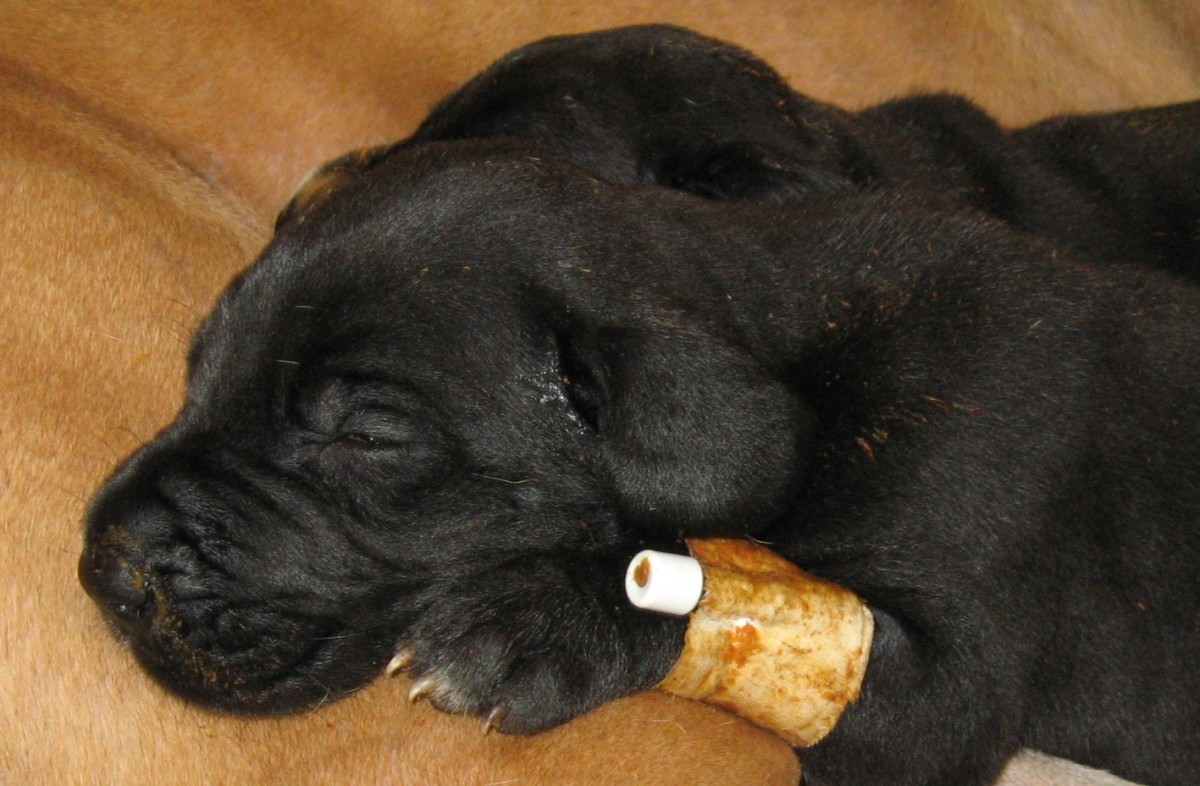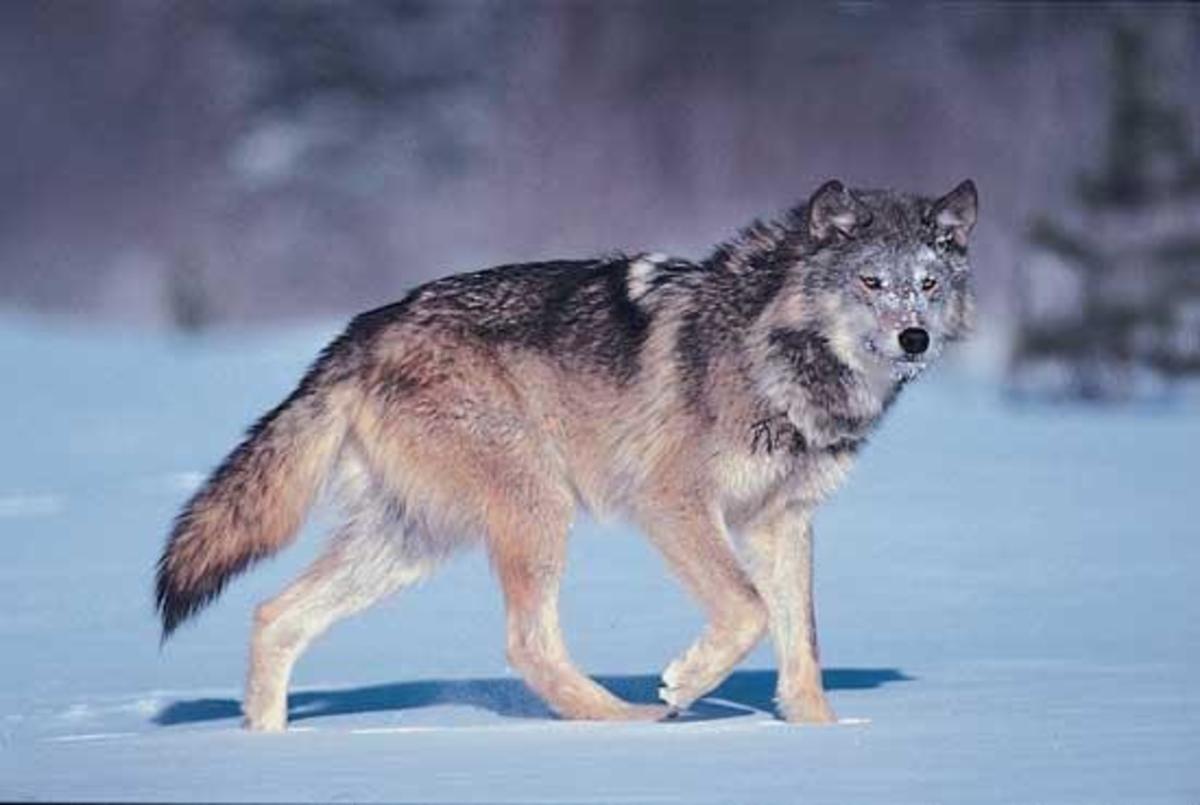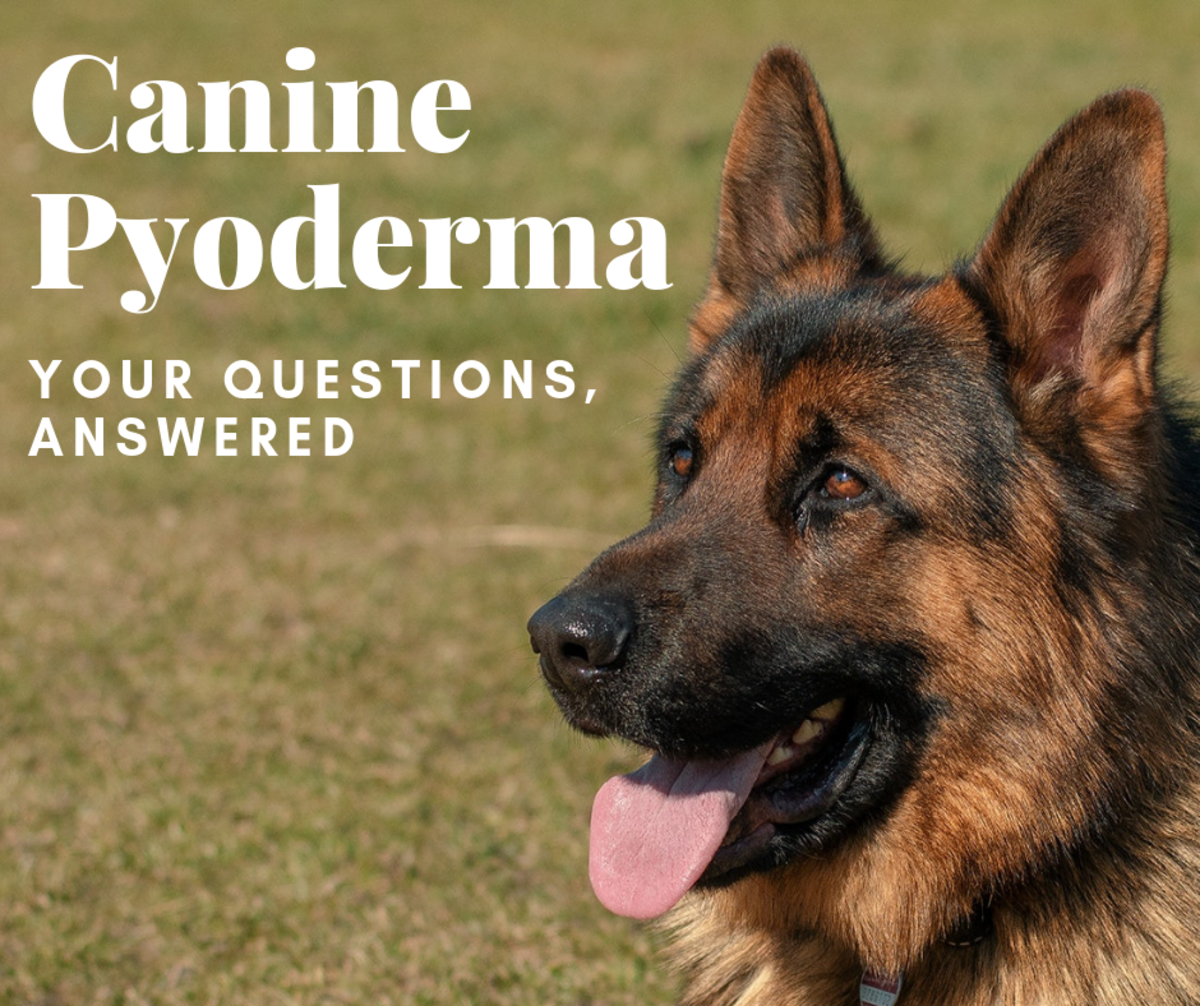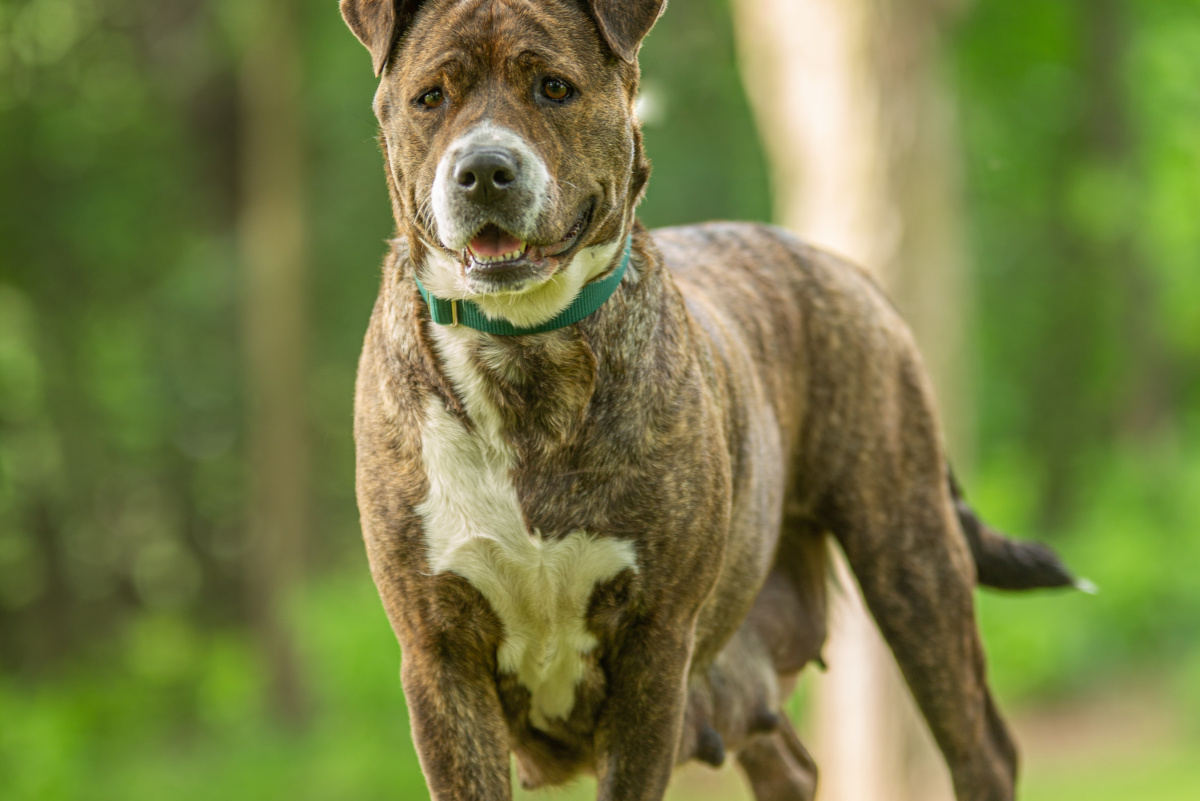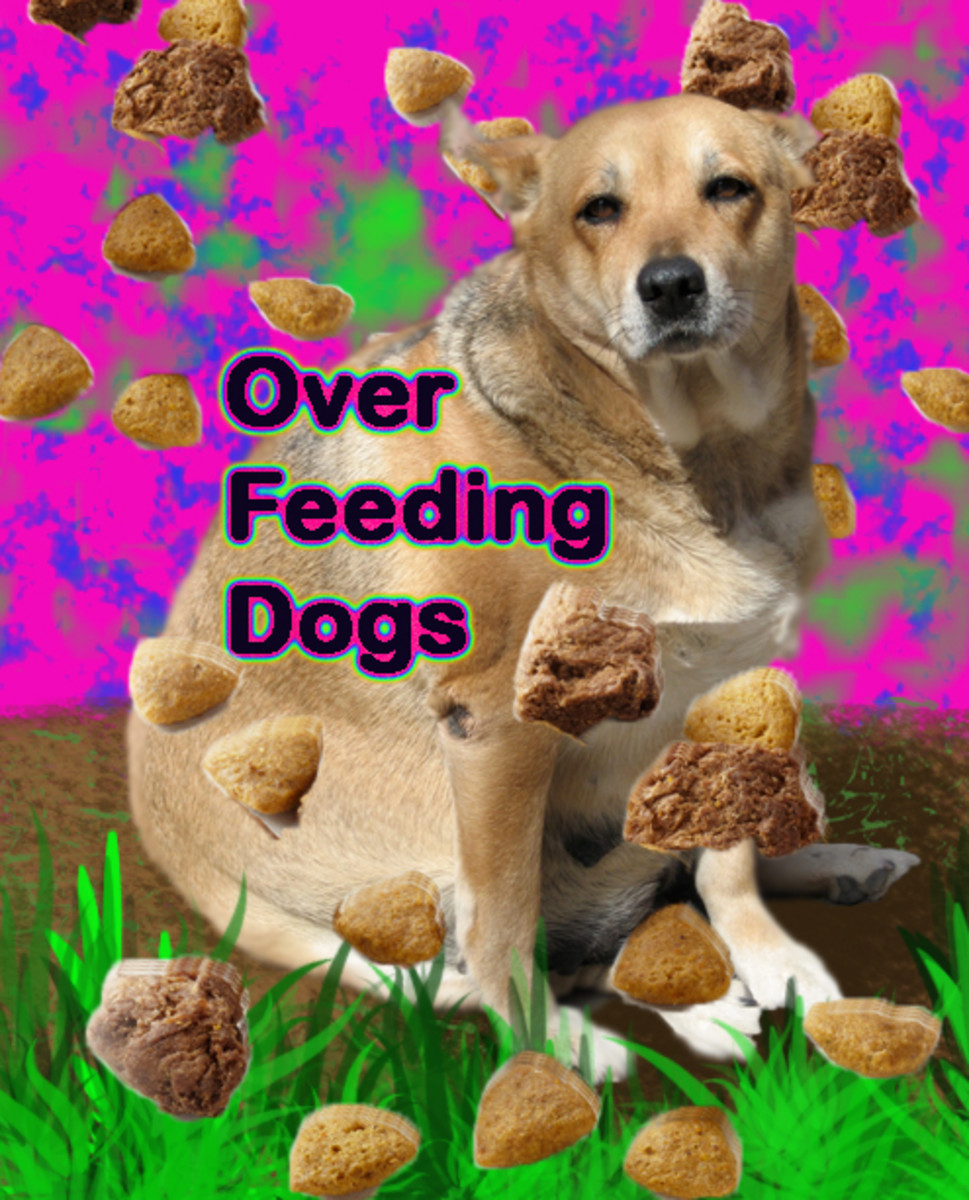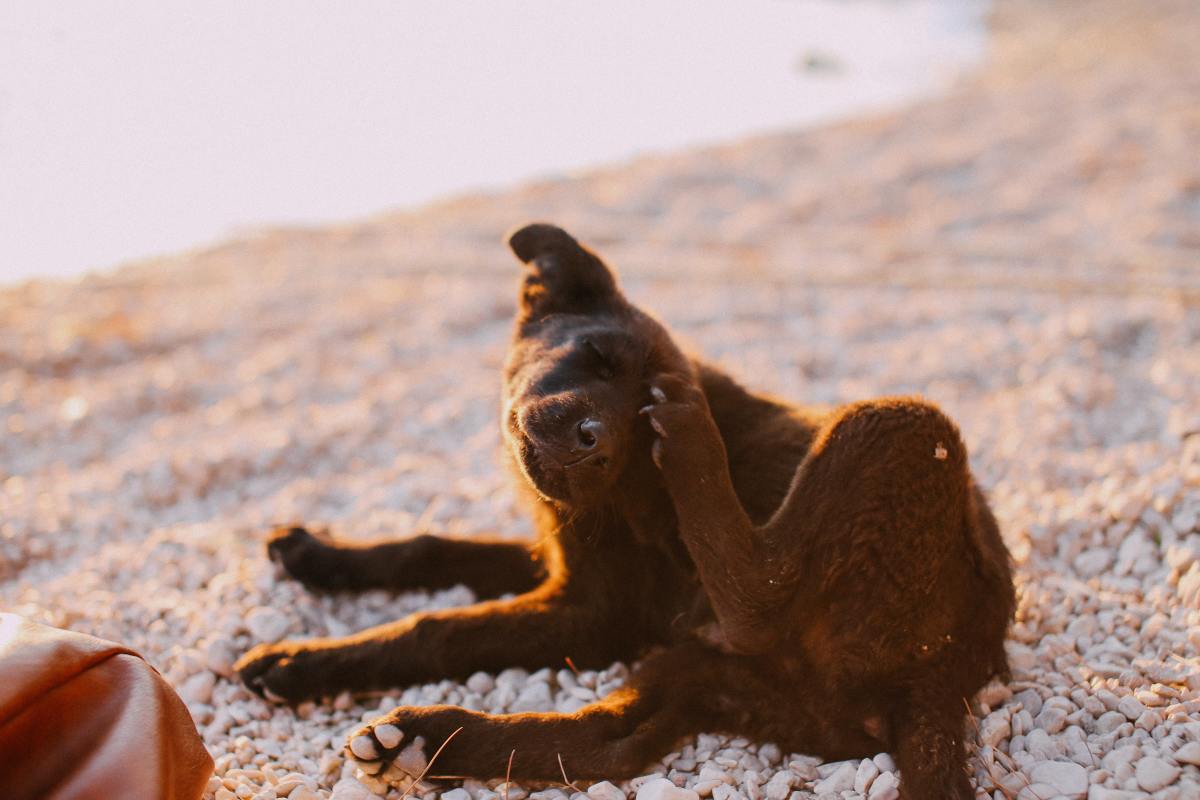Fat Dogs - Combatting Canine Obesity
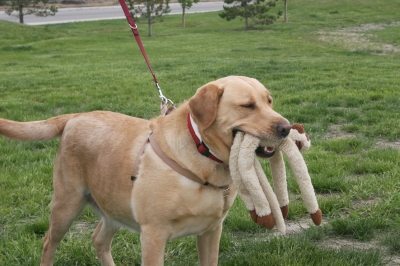
Canine obesity is on the rise. People lead such busy lives and what they eat, and how much they exercise, also affects what they feed their dogs and how much exercise their dogs get. It can sometimes be hard to realize that your dog is fat, especially for those breeds that have thick coats. But canine obesity is a serious health risk for your furry pal and taking action now can help him to lead a healthier life.
It's important to remember that an extra 5 pounds on your dog means more than an extra 5 pounds on a person. An extra 5 pounds on a normally 50 pound dog, for example, is 10% overweight. An extra 5 pounds on a normally 20 pound dog is 25% overweight!
Fat dogs are at higher risk for health problems which can lead to shortened lives. On the other hand, fit dogs who are at a healthy weight tend to be more active which means they can enjoy all sorts of activities with their people.
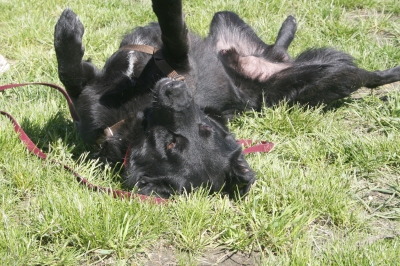
Difficulties in Recognizing Obesity in Dogs
I was chatting with a vet one day at the dog park, and she told me that many vets are uncomfortable telling pet owners that their dogs are fat. Some pet owners take it as a personal insult, or are upset because they think that their dogs are being insulted. Sometimes pet owners are in denial too - of course no one wants to think they have a fat dog!
Often times your dog's weight gain is gradual, and you may genuinely not notice that it's happened: you now have a fat dog.
Some people don't know how to assess whether their dog might be carrying some excess weight too. It's particularly hard with the fuzzy, fur-ball types of dogs. This is where a consultation with a vet can help you determine if any action needs to be taken to bring your pet back to a healthy weight.
The first step is to recognize obesity. Then steps can be taken to help your dog lead a healthier life.
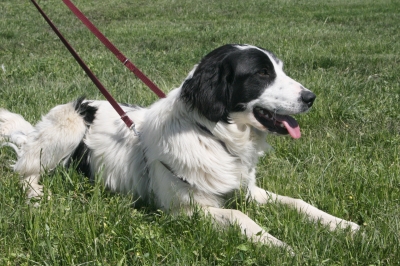
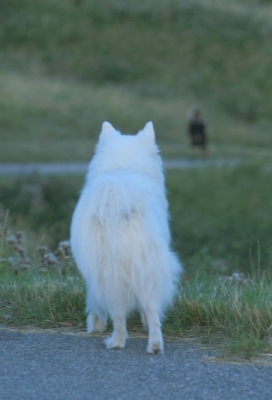
Causes of Canine Obesity
- "Free-feeding" - always leaving a bowl of food out for your dog can easily lead him to overeat. Not all dogs will overeat, but many will. When they have food available whenever he feels like eating, he may just eat... and eat... and eat... until the bowl is empty.
- Overfeeding at meals. Those "feeding guidelines" on the back of pet food packages are only guidelines - they need to be adjusted to every individual dog. For example, one of my dogs eats just over half the amount listed in the guidelines. If you notice that your dog is gaining weight when feeding the amount in the guidelines, then cut back. If he seems a little thin and always hungry, gradually give him a bit more until you find the right amount so that he maintains a healthy weight.
- Too many treats. It's hard to resist those big, soulful doggy looks that say that they're starving and would really, really, appreciate just a little treat. Too many snacks, whether they're doggy treats or table scraps, can also lead to weight gain.
- Too little exercise. Dogs need fresh air and exercise just like people do. Exercise will help them to burn the calories they take in for their meals.
- Aging. Your dog's metabolism will probably slow down as he gets older.
- Spaying & neutering. Spaying & neutering may lead to a lower metabolic rate in dogs, but being "fixed" doesn't automatically make your dog fat. Too much food and too little exercise makes a fat dog.
- Medical problems. In rare cases, a dog's weight gain may be tied to a medical issue.
Dog Health Problems Related to Excess Weight
Fat dogs may experience medical problems that can be prevented by maintaining a healthy weight. Health problems can shorten the life of your dog. Some of the problems related to canine obesity include:
- Breathing problems. The extra weight puts stress on a dog's heart & lungs which have to work harder.
- Heat intolerance. The extra weight, combined with the dog's natural furry coat, can make fat dogs miserable in hot weather. It's harder for them to cool off.
- Joint problems. Excess weight to lead to arthritis or premature joint problems.
- Additional risk under anesthesia. Your vet may tell you that your dog is at increased risk if he has to undergo surgery due to his excess weight.
- More injury-prone.
- Additional medical risks such as diabetes.
Fat Camp for Overweight Pets
How to Tell If Your Dog is Overweight
It's not always easy to tell if your dog is overweight. You may need to consult with your vet to get his or her opinion as well. In the meantime, try these tips:
- Look for a "tummy tuck". Stand to one side of your dog (make sure your dog is standing too). Your dog's belly area - the area between his ribs and his hindquarters - should be tucked up, rather than on a straight line with his ribcage or even sagging below the ribcage. If you have a very furry dog you can try wrapping his torso snugly (but not tightly!) with a thin cloth so that you can see his shape.
- Feel his ribs. Stand your dog up and stand over him. You should be able to easily feel your dog's ribs, with a slight fat covering, and be able to feel each individual rib.
- Look for a "waist". Again, stand your dog up and look at him from above. Between his ribcage and his butt you should see a definite waist.
- Be alert to physical signs. Fat dogs may show signs of mobility problems. Some overweight dogs will have difficulties jumping onto couches or beds... will be huffing and puffing after climbing the stairs.... or if very obese, may even have to rock back-and-forth a couple of times to get to his feet!
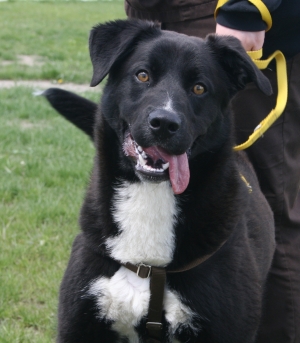
What You Can Do to Help Your Dog Maintain a Healthy Weight
Create a long-term plan that you can maintain to help your pet stay at a healthy weight. It should be gradual so that you don't shock his system, and should be reasonable and sensible so that it can be maintained for life.
- Modify your feeding habits. Decrease the amount of treats your pet is offered (or offer smaller pieces). Ask guests to check with you first before they offer your pet a treat. Cut down the amount of food you feed, or switch to a lower-calorie food, or replace some of your dog's food with fresh veggies like carrots. Adjust the amount you feed until you find the right balance for your dog. Avoid free-feeding.
- Gradually increase your dog's exercise. Letting a dog into the yard by itself isn't "exercise", as most dogs won't run around by themselves. They might even just take a bathroom break, then go back and sit by the door! Take your dog out for walks. If he isn't accustomed to exercise, start slowly - even if it's just a stroll around the block. Gradually increase his exercise as he becomes more fit. Avoid taking your dog out for a high-energy, long run once or twice a week and instead aim for regular exercise. Try new activities too as your dog becomes more fit. For example, there are dog agility classes, swimming (or just playing in the water), playing at the dog park, or going for a hike. There are lots of ways to enjoy time with your canine pal!
- Dog Hiking in Western Canada
Dog hiking in Western Canada. Where and when to go, what to take and the best trails for you and your dog to enjoy! - Dog Parks and Dog Beaches
A list of dog-friendly parks, off leash dog parks, and dog beaches throughout Canada. - Hiking with Your Dog
Tips on keeping your pet safe & healthy while hiking with your dog. - Favorite Dog Hikes
A list of dog-friendly hikes in the United States and Canada.

